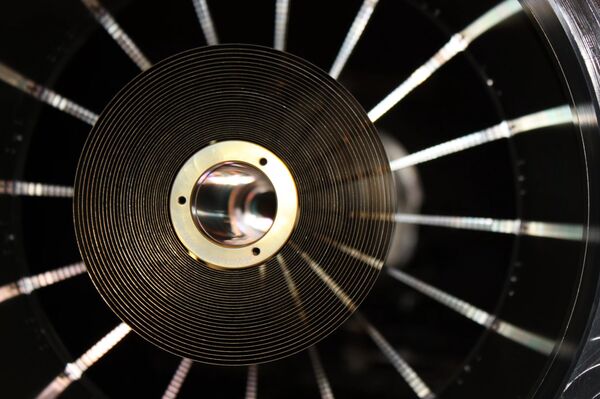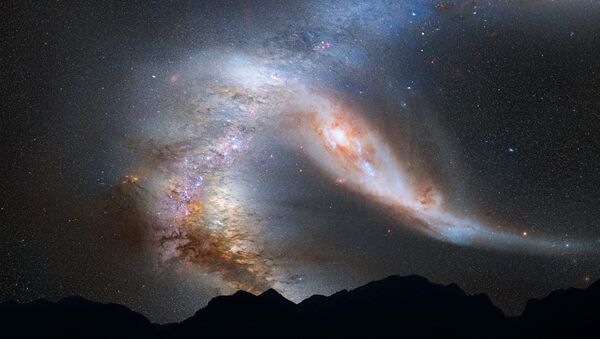When the Spektr-RG orbital astrophysical observatory was launched from the Baikonur Cosmodrome in early July 2019, scientists eagerly anticipated a host of remarkable discoveries, as humanity was granted the opportunity to see what until recently had been hidden from view: a detailed all-sky X-ray survey.
The project is a Russian German collaboration bringing togather experts from the Russian Institute of Space Research of the Russian Academy of Sciences and the Institute of Extraterrestrial Physics of the Max Planck Society (Germany).
Russia Launches Spektr-RG, a New X-Ray Observatory, into Space https://t.co/Kp1L70KDh9 pic.twitter.com/FCkAwbMMaM
— SPACE.com (@SPACEdotcom) July 13, 2019
“Of course, surveys in both optics and infrared are very important. But the main advantage of X-rays is that they boast a greater penetrating power. For example, the center of our Galaxy is practically concealed from the optical range due to the strong interstellar absorption of light traveling to us,” said Dr. Mikhail Pavlinsky, of the Russian Space Research Institute, and one of the supervisors of the project.
The observatory “Spektr-RG” has at its disposal two X-ray telescopes with unprecedented sensitivity: eROSITA, built by the German team, and ART-XC, designed by the Russian Institute of Space Research and manufactured in cooperation with the All-Russia Research Institute of Experimental Physics in Sarov, and the Marshall Space Flight Centre in Huntsville, Alabama.

Map of Half the Sky
By April 1, 2020, an X-ray map of half the sky was constructed according to the data of the ART-XC and eROSITA telescopes installed on board the Russian Spektr-RG astrophysical observatory - 20,637 square degrees from a total 41,253 square degrees (the total area of the celestial sphere).
It's amazing how much information this map contains!” said Academician Rashid Sunyaev, a supervisor of the project.
“We see on it tens of thousands of stars with active coronas that are much brighter in x-rays than the sun, remnants of supernova explosions, pulsars, accreting white dwarfs, and many other types of galactic sources of x-ray radiation. Many of these objects are observed for the first time.”
In only a quarter of the sky, which the Russian astrophysicists are responsible for processing, more than 125,000 objects have already been identified. Among them are the nuclei of active galaxies and quasars, where black holes absorb everything around them, as well as massive clusters of galaxies filled with mysterious dark matter. And this despite the fact that the vast majority of these objects are billions of light years away.

On the resulting map, the North Polar hole is particularly noteworthy - the brightest and most extended region of our Galaxy in soft X-rays. Also visible is a dark strip stretching along the Milky Way, where the brightness of the radiation is less, because soft x-ray radiation absorb gas and dust.
As scanning of the sky with observatory “Spektr-RG telescopes continues, scientific data is received daily, with teams at the Space Research Institute remotely processing it on powerful computers in the project data center.
A map in the opposite quarter of the sky is being compiled by scientists from the German Institute for Extraterrestrial Physics of the Max Planck Society.
Together, these two quarters make up half of the entire sky.
Overall, eight maps will be drawn up, with half a year allocated for each of them. The most detailed one will combine previous ones and may be completed around 2025.




